Application of Tungsten Oxide in Electrochromic Electrodes
- Details
- Category: Tungsten's News
- Published on Sunday, 12 February 2023 18:50
- Hits: 721
Most previous studies on tungsten oxide for the application of electrochromic electrodes have focused on improving its electrochromic performance in the visible spectral region while neglecting electrochromic performance in the near-infrared (NIR) and infrared (IR) spectral regions. Previous research objects have focused on obtaining WO3 conductive films with wider light modulation amplitude, shorter response time, and higher coloration efficiency in the visible region.
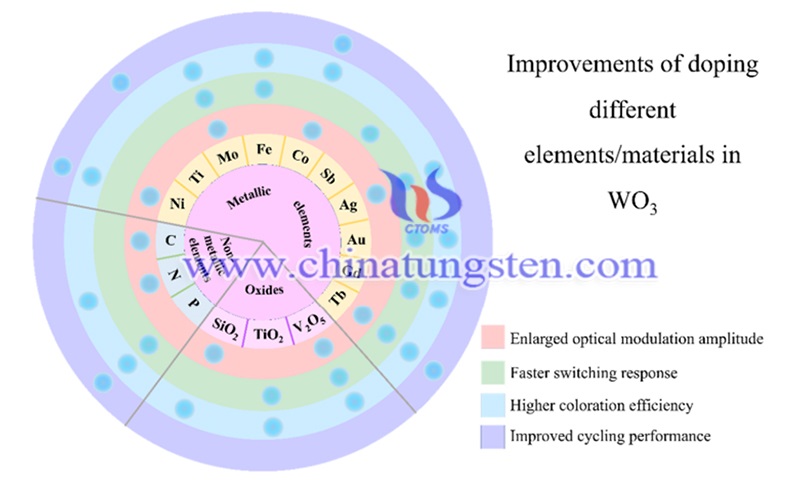
To achieve these goals, efforts involving obtaining nanostructured tungsten oxides, porous structured tungsten oxides, and doped tungsten oxides have been extensively carried out. For example, Khoo's group produced tungsten-oxide nanorods with a significantly shorter bleaching reaction time of 4.5 s. Kondalkar et al. synthesized tungsten-oxide nano bricks possessing a fast-switching reaction with coloring and bleaching times of 6.9 and 9.7 s, respectively.
Bhosale et al. obtained WO3 nanoflake films on HCl-etched ITO substrates with highly enhanced coloring efficiency and cycling stability. In addition, tungsten oxide quantum dots, nanowire arrays, nanobunches, nanosheets, nanotrees, and nanoparticle-nanorod hybrid structures have been produced and tested with enhanced EC properties.
Doping of tungsten oxides with appropriate amounts of other elements can have a constructive effect on electrochromic (EC) performance because the introduced defects, morphology, and structural changes in the films can tune the crystallization of tungsten oxides and provide more ion storage sites. The Ti-doped WO3 films obtained by Peng et al. showed less decay than pure WO3 after 200 CV cycles. The attenuation was less than that of pure WO3. Koo et al. added Fe to the WO3 films.
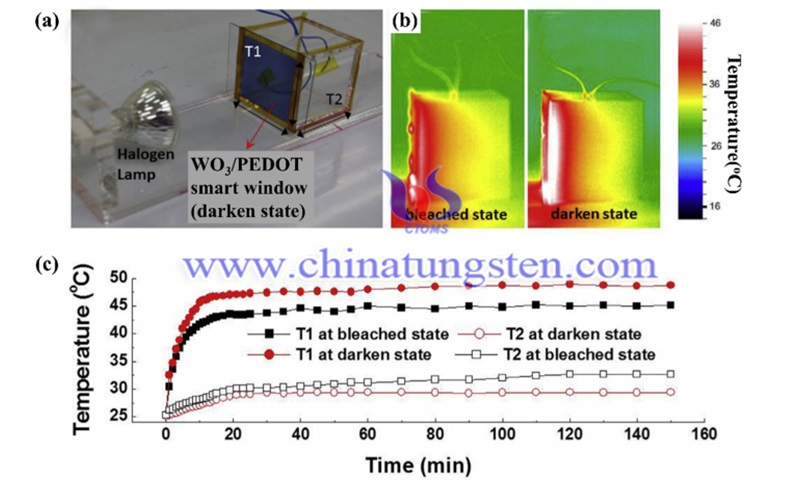
It has been shown that WO3 films can control the transmittance of not only visible light well, but also near-infrared and infrared light, so the temperature can be dynamically adjusted because infrared light is the main source of solar heat. Researchers Jian et al. reported that WO3/PEDOT: PSS (poly(3,4-ethylenedioxythiophene): poly (styrene sulfonate) (PEDOT:PSS)). Smart windows can effectively reduce the heat passing through them. They detected the temperature of the back side of a small chamber that was assembled with the EC window as the front side.
Reference: Han W, Shi Q, Hu R. Advances in electrochemical energy devices constructed with tungsten oxide-based nanomaterials[J]. Nanomaterials, 2021, 11(3): 692.
- Tungsten Manufacturer & Supplier, Chinatungsten Online: www.chinatungsten.com
- Tungsten News & Prices of China Tungsten Industry Association: www.ctia.com.cn
- Molybdenum News & Price: news.molybdenum.com.cn
- Tel.: 86 592 5129696; Fax: 86 592 5129797; Email: sales@chinatungsten.com

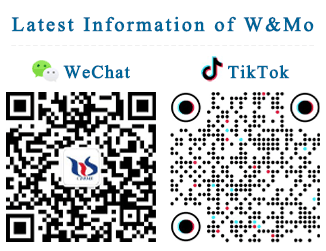

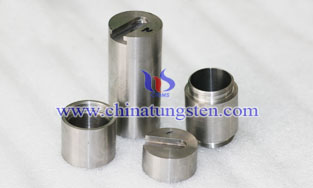


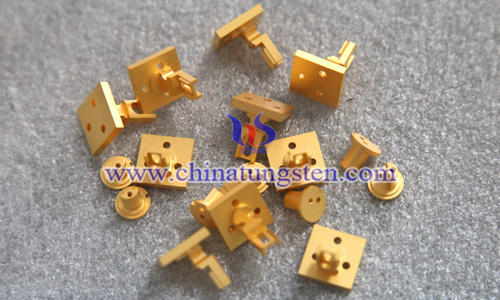
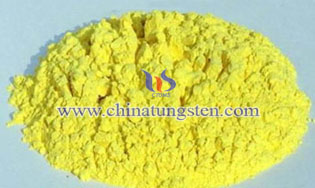
 sales@chinatungsten.com
sales@chinatungsten.com